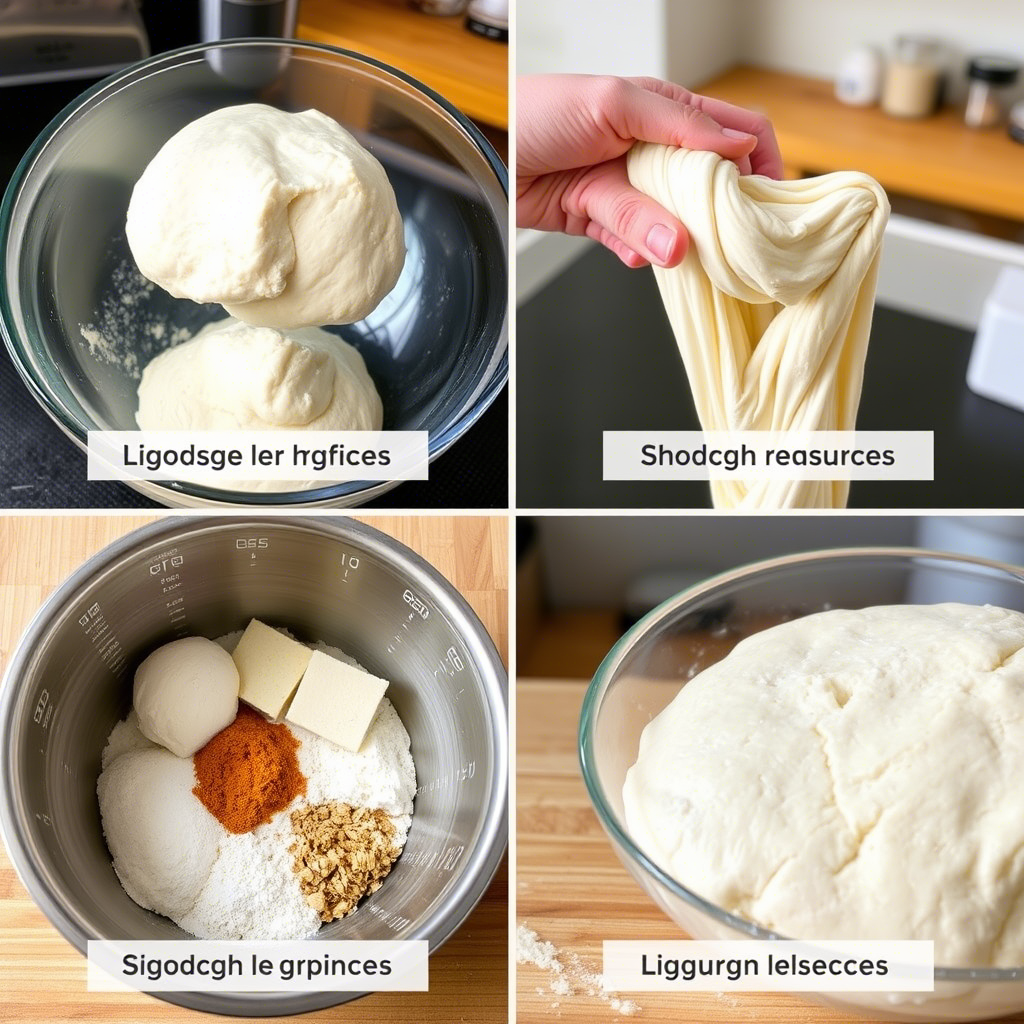Have you ever wondered why some bread turns out perfectly soft and chewy, while others end up dense or crumbly? The secret often lies in one crucial factor: hydration levels.
Whether you’re a seasoned baker or just starting your culinary journey, mastering the balance of water and flour is essential for creating dough that performs beautifully every time. In this article, we’ll explore the science behind hydration, its impact on dough, and how you can achieve consistent results with simple techniques.
Hydration isn’t just about adding water—it’s about understanding how much liquid interacts with flour to create structure, texture, and flavor. Let’s dive into the world of dough making and uncover what makes hydration such an important ingredient in baking success.
What Is Dough Hydration, and Why Does It Matter?
At its core, dough hydration refers to the ratio of water (or other liquids) to flour in a recipe. This percentage, known as “baker’s percentage,” helps bakers measure consistency across recipes. For example, if a recipe calls for 500 grams of flour and 300 grams of water, the hydration level would be 60%—a common benchmark for many types of bread.
But why does hydration matter so much? Simply put, it determines the texture and behavior of your dough. A higher hydration level creates more open crumb structures, like those found in artisan sourdough loaves, while lower hydration produces denser textures suitable for baguettes or flatbreads. Understanding these dynamics allows you to control the outcome of your baked goods, ensuring they meet your expectations every time.
For beginners, experimenting with different hydration levels can feel intimidating. However, by learning the basics, you’ll gain confidence in adjusting recipes to suit your preferences.
How Hydration Affects Dough Texture
The amount of water in your dough directly influences its elasticity, extensibility, and overall workability. Here’s how:
Elasticity : Higher hydration levels make dough stretchier because gluten strands have more room to develop. This results in airy, light loaves.
Extensibility : Conversely, too little water can lead to stiff dough that resists stretching, making shaping difficult and resulting in compact bread.
Stickiness vs. Dryness : Finding the right balance ensures your dough isn’t overly sticky or dry. Stickiness might require additional flour, but over-flouring can compromise the final product.
To illustrate this point, imagine working with pizza dough. A well-hydrated dough will stretch easily without tearing, producing thin crusts with desirable bubbles. On the other hand, under-hydrated dough may tear apart during shaping, leaving you frustrated and disappointed.
By paying attention to these details, you can fine-tune your recipes and improve your baking skills significantly.
Tips for Adjusting Hydration Levels
Now that you understand the importance of hydration, let’s discuss practical ways to adjust it based on your needs:
Start Small : Begin with a small batch of dough when testing new hydration levels. This minimizes waste and lets you learn quickly.
Use Quality Ingredients : High-protein flours absorb more water than low-protein ones. Be mindful of this difference when substituting ingredients.
Adjust Based on Environment : Humidity affects dough hydration. If you live in a humid area, you may need less water; conversely, arid climates call for slightly wetter dough.
Kneading Matters : Proper kneading develops gluten networks, which hold moisture effectively. Under-kneaded dough may seem slack even at optimal hydration.
These tips empower you to adapt recipes to fit your unique circumstances. Remember, practice makes perfect—don’t hesitate to experiment until you find the ideal balance.
Common Challenges and Solutions
Even experienced bakers encounter challenges with dough hydration. Below are some common issues and their solutions:
- Problem: Dough too sticky
Solution: Add small amounts of flour gradually, mixing thoroughly between additions. Avoid over-compensating, as excessive flour can ruin the texture. - Problem: Dough too dry
Solution: Sprinkle water lightly onto the dough and fold it in gently. Alternatively, increase the initial water content slightly next time. - Problem: Uneven crumb structure
Solution: Ensure proper hydration and adequate resting time for gluten development. Overworking or underworking the dough can also contribute to uneven results.
Addressing these problems requires patience and observation. With time, you’ll become adept at recognizing signs of improper hydration and correcting them swiftly.
Inspiration from Around the World
Bread traditions vary widely across cultures, each offering unique insights into hydration techniques. For instance:
Italian ciabatta relies on high hydration levels (often above 70%) to achieve its signature porous interior.
Indian chapati uses minimal water, creating firm dough ideal for rolling out flatbreads.
French baguettes strike a delicate balance, combining moderate hydration with precise shaping methods.
Exploring global bread-making practices not only broadens your horizons but also enhances your appreciation for the art of baking. By incorporating diverse methods into your repertoire, you can elevate your creations and share stories through food.
Conclusion: Embrace the Art of Hydration
Mastering dough hydration opens doors to endless possibilities in baking. From fluffy croissants to rustic sourdough loaves, understanding the interplay between water and flour empowers you to craft delicious treats tailored to your taste.
As you continue your baking journey, remember that perfection comes with practice. Don’t shy away from trial and error—each attempt brings you closer to mastery. Share your experiences with fellow enthusiasts, seek feedback, and never stop learning.
So, grab your mixing bowl, roll up your sleeves, and start exploring the fascinating world of dough hydration today. Your future self—and your hungry friends—will thank you!

Thayná Alves is an influential digital content creator who has carved out a significant space in the realms of technology, finance, and entrepreneurship. Through her blog, Newbacker.com , she stands out as an authentic and accessible voice for individuals seeking practical information about investments, innovation, and emerging trends in the financial market.

